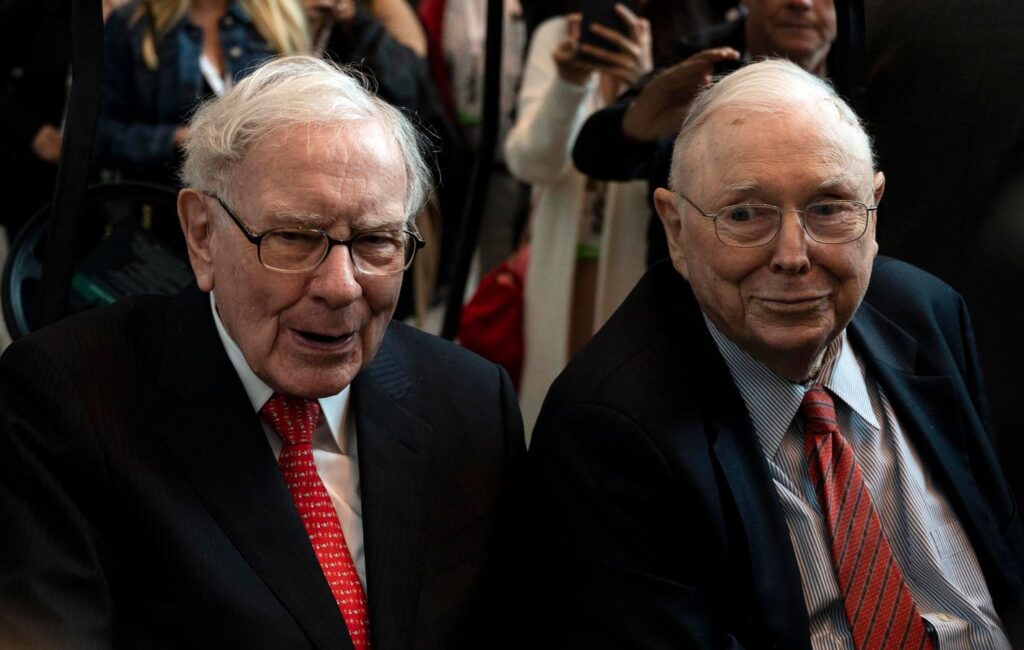Berkshire Hathaway
BRK.B
The plan delineates that Greg Abel, the current Vice Chairman of Non-Insurance Operations, is poised to assume the role of CEO and succeed Warren Buffett. Alongside Abel, Ajit Jain, responsible for overseeing the company’s insurance business, is also regarded as a potential successor to Buffett. The plan envisions the CEO position being divided into three distinct roles: one overseeing capital allocation and operations, another managing the stock portfolio, and a separate board chairman. This well-structured succession plan aims to ensure a seamless transition of leadership within the conglomerate.
Industry analysts and observers widely applaud this succession plan. It has been lauded as meticulously designed, and the company is considered to be in capable hands. The market’s response to the plan has been relatively subdued, with Berkshire Hathaway’s stock experiencing minimal impact of note.
The recent passing of Charlie Munger, an esteemed figure in the investing world and a key contributor to Berkshire Hathaway’s success, has likewise evoked a similar market reaction. Berkshire Hathaway’s stock saw a decline of 0.4% on the day of Munger’s demise, with little significant impact on the company’s stock price. However, the investment community has expressed immense respect and recognition for Munger’s indelible legacy.
So, what can private business owners glean from Berkshire Hathaway’s succession plan? There are several invaluable lessons to be learned:
- Initiate early: Berkshire Hathaway has been proactively planning for Warren Buffett’s eventual departure for many years, identifying potential successors and nurturing them for the role.
- Foster a culture of learning: The company upholds a strong culture of continuous learning and improvement, providing extensive training and mentorship opportunities for high-potential employees to ensure their preparedness for future leadership positions.
- Embrace transparency: Berkshire Hathaway has demonstrated a relatively transparent approach to its succession planning process, with Buffett himself acknowledging the significance of having a well-defined plan in place. This transparency fosters trust and confidence among employees, stakeholders, and investors.
- Delegate responsibilities: The succession plan envisages dividing the CEO role into three distinct parts. This division of responsibilities can facilitate a seamless transition and uphold the company’s stability.
By incorporating these lessons, private business owners can better equip themselves for leadership transitions and position their companies for long-term success. The Berkshire Hathaway succession plan serves as an invaluable case study for businesses of all sizes, exemplifying the importance of forward-thinking leadership and strategic planning.
Read the full article here













